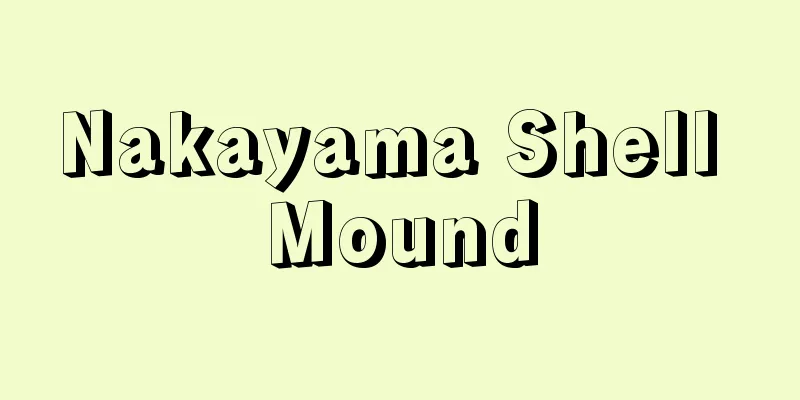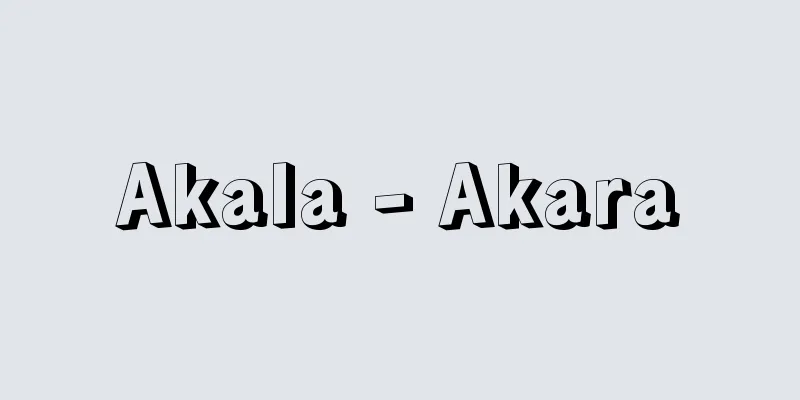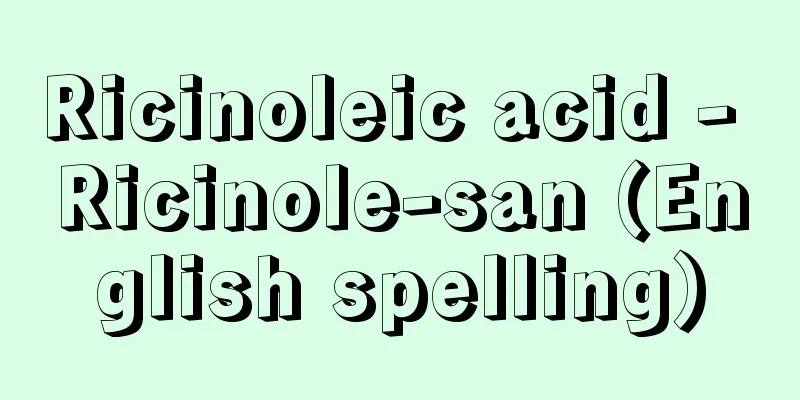Nakayama Shell Mound

|
Located in Nakayama Higashi, Higashi Ward, Hiroshima City, this archaeological site spans the late and final Jomon period to the early and middle Yayoi period. It is located at the end of a hill about 10m above sea level overlooking the alluvial plain at the northeastern back of Hiroshima Bay. The shell mound is mainly composed of clams and oysters, and the shell layer stretches 30m east to west and 80m north to south, with the end continuing into the plain as an artifact-bearing layer. It has long been known as an Early Yayoi site in the Hiroshima region, but surveys in 1958 and 1959 revealed that it is a site where pottery from the Late Jomon period (Nakayama B type), Early Yayoi period (Nakayama I and II types), and Middle Yayoi period (Nakayama III and IV types) have been excavated. Source: Heibonsha World Encyclopedia, 2nd Edition Information |
|
広島市東区中山東にある縄文時代後期・晩期から弥生時代前期・中期におよぶ遺跡。広島湾北東奥の沖積地をのぞむ標高約10mの丘陵端部に位置する。ハマグリ,カキなどを主体とする貝塚で,貝層は東西30m,南北80mにわたって分布し,末端部は遺物包含層として平地に連続する。広島地方の弥生前期遺跡として古くから知られるが,1958年,59年の調査によって,縄文晩期(中山B式)から弥生前期(中山I・II式),弥生中期(中山III・IV式)の土器を出土する遺跡であることが明らかになった。
出典 株式会社平凡社世界大百科事典 第2版について 情報 |
>>: Nakayama Miseki - Nakayama Umashii
Recommend
Aphrodisiac - aphrodisiac
A drug used to treat male impotence, also known a...
History of India - India
Extent of India and Characteristics of Indian His...
bek
…A title meaning "chief" or "ruler...
Tentacles -
〘noun〙① A flexible, string-like projection that li...
Kogoto Kobei - Kogoto Kobei
Rakugo. Tanaka Kobei, a landlord living in Furuka...
Cheek (cheek) - Cheek (English spelling)
An area of soft tissue located behind and outsid...
menestrel (English spelling) menestrel
…There were also those who rose to the rank of tr...
Stone retaining wall - Ishizumiyoheki
...A wall-like structure built to resist earth pr...
Peristalsis
… Digestive tract motility can be broadly divided...
Sorori Shinzaemon
Year of birth: Year of birth and death unknown. A ...
Death spot - Shihan
If blood is left alone, blood cells will settle d...
Zeune, JA (English spelling) ZeuneJA
… [Name and its scope] The peninsula we now call ...
La Nacion (English spelling)
…[Kouuchi Saburo]. … *Some of the terminology tha...
site (English spelling) site
... On the other hand, moving away from the socio...
Anthropology of music
…A branch of musicology. Because the subject and ...









